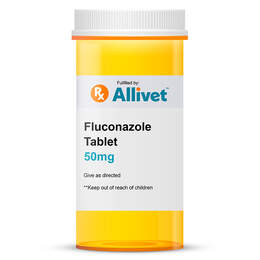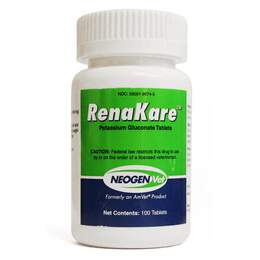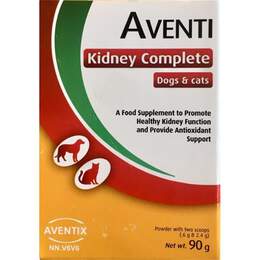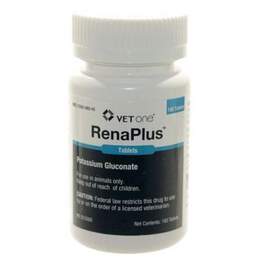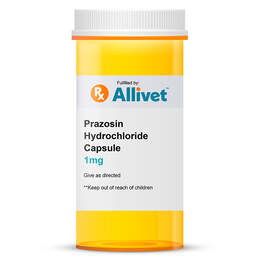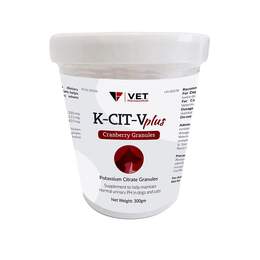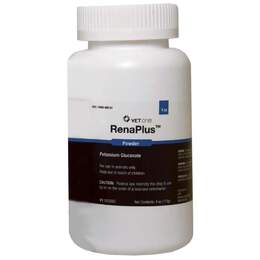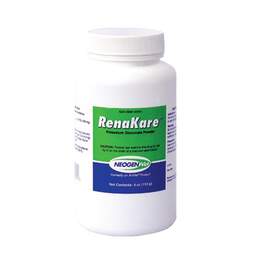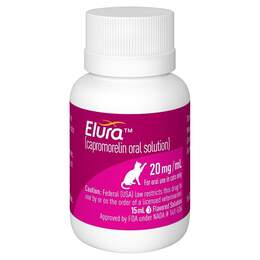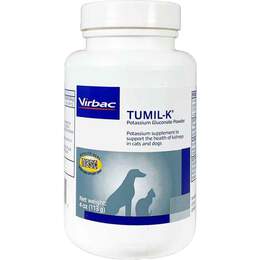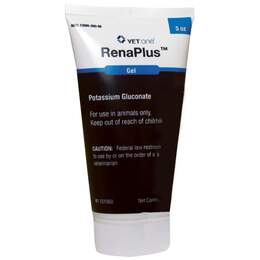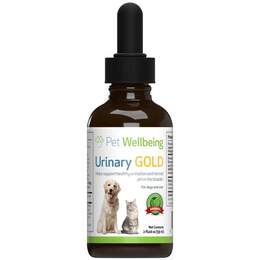Cat Urinary & Kidney Medication
Cats are notorious for being prone to urinary tract infections, especially as they age. In addition, older cats are also prone to kidney issues. Understanding these two conditions and knowing how to recognize them is critical to maintaining your cat’s good health and longevity. The more you know, the better equipped you will be to keep your cat’s kidneys healthy and functioning for a long as possible. When caught early and managed correctly, many cats with kidney issues will have a better outcome.
As the disease progresses, your veterinarian will prescribe kidney medication for cats. If your cat is aging and prone to kidney issues and UTIs, learn more about top kidney supplements for cats.
Differences between Urinary Tract Infections and Kidney Disease
Since urinary tract infections and kidney disease involve the kidneys and urine production, it can be easy to confuse the two. However, kidney disease is the most concerning and dangerous for your cat. A kidney issue can affect the cat’s entire body. It is critical to know the difference.
With kidney disease, the kidneys gradually stop functioning. The ability of the kidney to filter blood and remove toxins declines. The accumulated toxins will begin to destroy the kidneys and, without treatment, kidney failure will happen.
A UTI is more common and generally less challenging to treat. Most UTIs are the result of excess bacteria in the urinary tract. The most common complication of this bacteria build-up is crystals in the urine and bladder that can then cause a blockage. Depending on the severity of the blockage, your veterinarian may remove it by cauterization, surgery, or antibiotics that can gradually break it up.
As cats get older, they may be more prone to UTIs and developing crystals. Once the UTI is resolved and any blockage cleared, diet and cat urinary supplements are the most common methods for keeping recurring UTIs at bay. Make sure your cat has access to clean water and switch to wet food. Discuss diet with your veterinarian as they may recommend a prescription diet formulated to keep crystals from forming.
There are two types of kidney disease in cats: chronic kidney disease and acute kidney failure. Chronic kidney disease advances in stages. The early stages can be managed with diet and supplements. As the disease progresses, your veterinarian will develop a feline kidney disease treatment plan specifically for your cat. Your veterinarian may recommend regular blood analysis to monitor your cat’s kidney numbers. Although kidney disease requires consistent monitoring and constant veterinary care, UTIs are generally treated at home.
Acute kidney failure develops quickly, in a few days or weeks. Although it happens to cats of all ages, it is not generally a result of age but one of the following events:
- Ingesting poisons such as antifreeze, pesticides, cleaning fluids, toxic plants, and some human medicines. Keep all human medication out of reach of your cat, and never give them any unless recommended by your veterinarian.
- Kidney infections.
- Blockages that alter stop the blood from flowing through the kidneys and keep the urine from flowing out of it.
- Burst bladder, broken pelvis, or other trauma.
When diagnosed in time and with proper care, acute kidney failure can often be reversed.
Symptoms of UTIs and Kidney Disease
Cats are known for hiding their symptoms and hiding when they are sick. You may not notice symptoms of urinary and kidney issues right away. Knowing what to look for can help catch these conditions early.
Kidney Disease Symptoms
- Weight loss
- Loss of appetite
- Excess thrust
- Bad breath
- Depression
- Diarrhea
- Vomiting
- Dehydration
UTI Symptoms
- Increased urination
- Urinating outside the litter box
- Pain and vocalizing when urinating
- Blood in the urine
- Excessively grooming the genital area.
- Lethargy, increased irritability, and other behavioral changes
Medications and Supplements That Promote Healthy Kidney Function
If your cat has been diagnosed with kidney disease, your veterinarian may prescribe cat kidney medication as well as a special diet to help promote proper kidney function. Your veterinarian may also recommend the following based on your pet’s case:
- High blood pressure medication such as Atenolol or Enalapril
- Nutritional supplements that lower phosphorus levels (Epakitin) and BUN (Azodyl)
- Omega 3 fatty acids to protect the kidneys
- Medications to treat or prevent stomach ulcers such as Famotidine
- Potassium supplements such as RenaPlus Gel, RenaPlus 2MEQ tablets, and Renal K Powder
- Medications that decrease blood phosphorous levels such as Epakitin, Aventi, and other calcium carbonates
- Active vitamin D supplement to slow chronic renal failure
- Anemia medication
- Anti-nausea medications such as Cerenia or Ondansetron
Complications to Look Out For
Chronic kidney failure or kidney disease progresses in stages, but the speed at which a cat moves through the stages varies. Some cats will enjoy a good quality of life for months or years, while others may quickly succumb to the disease.
Speak with your veterinarian regularly about your cat’s condition and the progression of their disease. Especially if you notice any new or worsening symptoms on the list below:
- Lack of appetite
- Dehydration
- Depression, lethargy, or other behavioral
- Increased thirst and urination
- Muscle wasting and/or weight loss
- Vomiting
- Diarrhea (possibly bloody)
- Bad breath (ammonia odor)
- Poor vision
- Difficulty breathing
How to Administer Supplements and Medicine
While you can easily give dogs medicine by wrapping it in a yummy treat, cats are more of a challenge. Some cats fall for the pill hidden in salmon, tuna, cream cheese, yogurt, or even their regular food. Make the portion small so that they are sure to eat it. No matter what you hide the pill in, some cats will spit it out, so it is important to watch them to see if they actually swallow it. If the supplement of medicine is in powder form, you can mix it into their food.
However, if none of these methods work, you will need to place the pill directly into your cat’s mouth. Get the pill ready and prepare a place to handle your cat. Put a tiny bit of butter or margarine to help the pill go down easy.
Place the pill between the index finger and thumb of your non-dominant hand. With your dominant hand, gently grasp the back of your cat’s head, cupping your hand so that your thumb and fingers are on the upper jaw. Tilt the cat’s head so that their nose is pointing at the ceiling. The cat’s jaw should be slightly open.
With your other hand, gently open the cat’s mouth with the ring finger and little finger while holding the pill. Aim to get the pill on the back third of your cat’s tongue, this will stimulate the cat’s automatic swallow reflex.
Return the cat’s head to its normal position, keeping their mouth closed. Rub the cat’s throat or nose, or lightly blow on their nose to stimulate swallowing. Give your cat some love to make it a positive experience for them.
Although kidney and urinary tract issues are concerning, catching them early is the best way to ensure your cat’s quality of life. Take your cat immediately to the veterinarian for diagnosis and treatment at the first sign of any symptoms.


